Copyright 2015 by Scott M. Peters
All Rights Reserved.
This book may not be reproduced, in whole or in part, including illustrations, in any form (beyond that copying permitted by Sections 107 and 108 of the U.S. Copyright Law and except by reviewers for the public press), without written permission from the publisher.
A CIP catalog record for this book is available from the British Library.
ISBN 978-0-472-07257-6 (cloth : alk. paper)
ISBN 978-0-472-05257-8 (paper: alk. paper)
ISBN 978-0-472-12098-7 (e-book)
Preface
In Michigan, we are surrounded by water. Recreation on our Great Lakes, inland lakes, rivers, and streams is a way of life, and for many of us it involves owning or spending time on boats. Perhaps not surprisingly, our state also has a rich history of boat-building, and investigating how this craft developed can help us better understand why we value recreation on the water so much. This book is intended to provide an overview in the context of the development of the boat-building industry in Michigan, the opportunities and challenges it faced, the nature of the products and their significance, and how Michigan boat builders changed the industry in general. The industrys visionaries, promoters, failures, and entrepreneurs who called Michigan home played a vital role in producing boats to meet the desires and needs of hundreds of thousands of people over a century and a half.
I have attempted to identify the names of individuals and firms of boat builders of Michigan who intended to build and sell boats as a commercial endeavor, so it does not include the people who built boats primarily for their own use, such as commercial fishermen or the backyard builder. By setting the story grouped roughly by decades, I hope to show major transitions in the industry driven by technological changes such as the development of the internal combustion engine or the economic crises of the 1890s and 1930s and national and international events such as World War II. Depending on their longevity, some companies only appear in one decade while others appear in several. To the extent that I could, I have tried to identify the communities the builders worked in and the date ranges during which they existed in the business.
I used a great deal of data from non-maritime sources, such as the Michigan State Gazetteer and Business Directory, corporate annual reports at the Archives of Michigan, genealogical information, newspaper stories, maps, and state and federal censuses, to draw conclusions about where people gathered to build boats, who they established relationships with, and how they built the industry from small workshops to enormous factories, all focusing on people, processes, and products.
The patterns of growth in both the automobile and boat-building industries in Michigan took much the same path after the introduction of the internal combustion engine. An explosion in growth followed by consolidation in hard economic times before yet another expansion is a pattern repeated constantly over the decades. In a few instances, especially in Detroit among the engine builders, the same players led the way in each field.
Michigan became a national leader in the boat-building industry during the early twentieth century. I have tried to show what was happening in Michigan not so much from a geographically myopic viewpoint but more as a representative microcosm of what was going on nationally in a broader context. Michigan boat builders transformed the boat-building industry in many ways, with new subsectors such as knock-down pattern boats, folding canvas boats, and mahogany-planked runabouts. Innovations in the organization of boat production also led the world. Without landing craft built in Michigan, World War II might have lasted much longer than it did.
Michigan boat builders earned fame and fortune with racing performance, endurance runs, design and engineering prowess, creative advertising and marketing, business acumen, and all of the other things that lead to success in commercial endeavors. The failures (which by far outnumbered the successes) all taught the remaining manufacturers more about the nature of the market and the need for products targeted to meet its demands. It is my hope that this work will prove to be a springboard for the further study of historic boat builders around the state, and that boat enthusiasts will find interest and enjoyment, like a good cruise, in what they read herein.
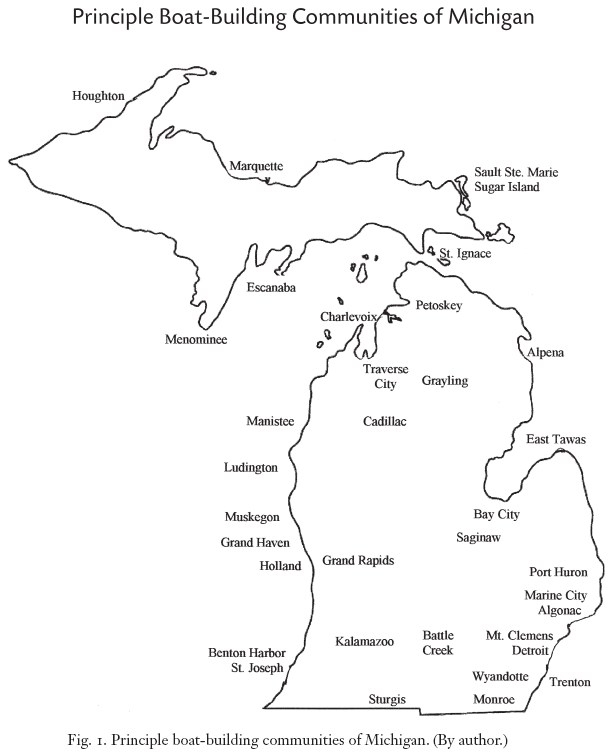
Acknowledgments
Putting together a book is actually the work of many people: the people who inspired me, the people who took the time to respond to research inquiries, and the production team that assembled it into a proper work.
For inspiration LeRoy Barnett and Rose Victory, former colleagues at the Michigan Historical Center, along with Kenneth Pott of the museum staff, provided me with the encouragement and periodic cajoling that only best friends can supply. I thank you for your persistence in pushing me past the research phase and into getting the work written and published. The inquisitive passion of the late Robert Speltz in discovering a story likewise gave me the enthusiasm to pursue the ones about Michigan builders in greater detail.
To the staffs of the Library of Michigan and Archives of Michigan, from reference to technical services, I am indebted to you for all your hard work in keeping the materials available for research and directing my hundreds of inquiries to the proper sources. Your gracious professionalism is deeply appreciated. To the family genealogists and boat historians who have collected information on well over fifteen hundred Michigan boat builders, I salute your work and your willingness to share it with me. Special thanks to Anthony S. Mollica Jr., Stan Grayson, Steve Harold, C. Patrick Labadie, John Polacsek, Robert Graham, Dr. John Halsey, Don Fostle, the late Ralph Roberts, Jim Wangard, Jill Dean, Caitlyn Perry Dial, Keith Steffke, Michael Dixon, Ron Bloomfield, Richard Durgee, Robert Price, Robert Sintz, George Graff, Dr. Paul G. Spitzer, Andreas Jordahl Rhude, Jerry Conrad, Chad Mayea, Erin Lopater, Louisa Watrous, and many, many others over the course of the past thirty years who have helped with photos and information.
Geoffrey Reynolds of the Joint Archives of Holland kindly gave me access to hundreds of articles and stories about Michigan boat builders and took the time to review the work in progress. Many thanks for saving and sharing this most important part of our maritime heritage, and I hope all your efforts and materials are represented well in this work.
To Scott Ham and the staff at the University of Michigan Press, I thank you for the opportunity to put my hobby interest into print. It was always an ambition of mine, and together we made it happen.
Finally, to my late father Wayne and my mother Virginia, thanks for taking me on innumerable boat rides and travels to historical sites around the country. To my children, Mark, Laura, and Andy, I thank you for your patience with an often distracted father. Most of all, to my wife Mary, I thank you for the enormous sacrifice of time and energy that allowed me to pursue this project and for reading every word of the manuscript. It could not have been accomplished without your help.

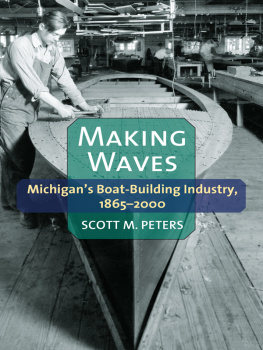
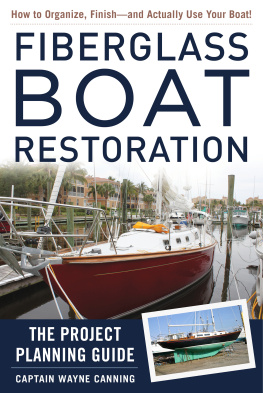
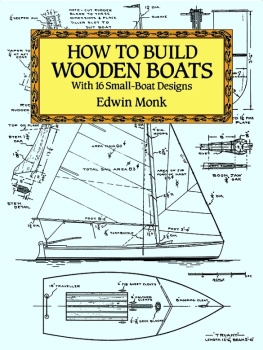

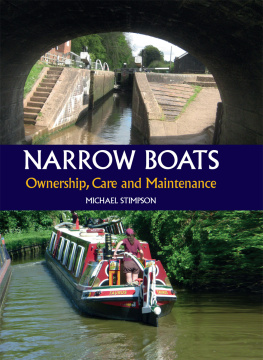
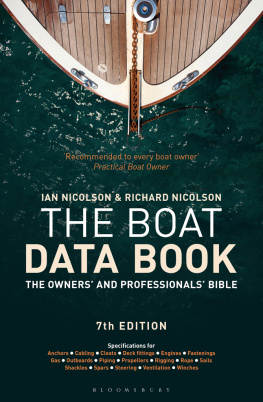
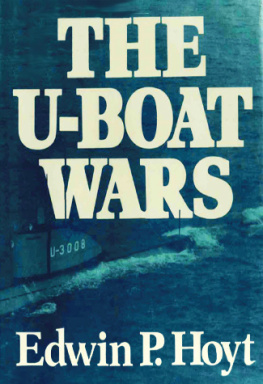

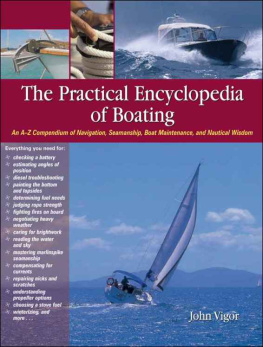

 Printed on acid-free paper
Printed on acid-free paper